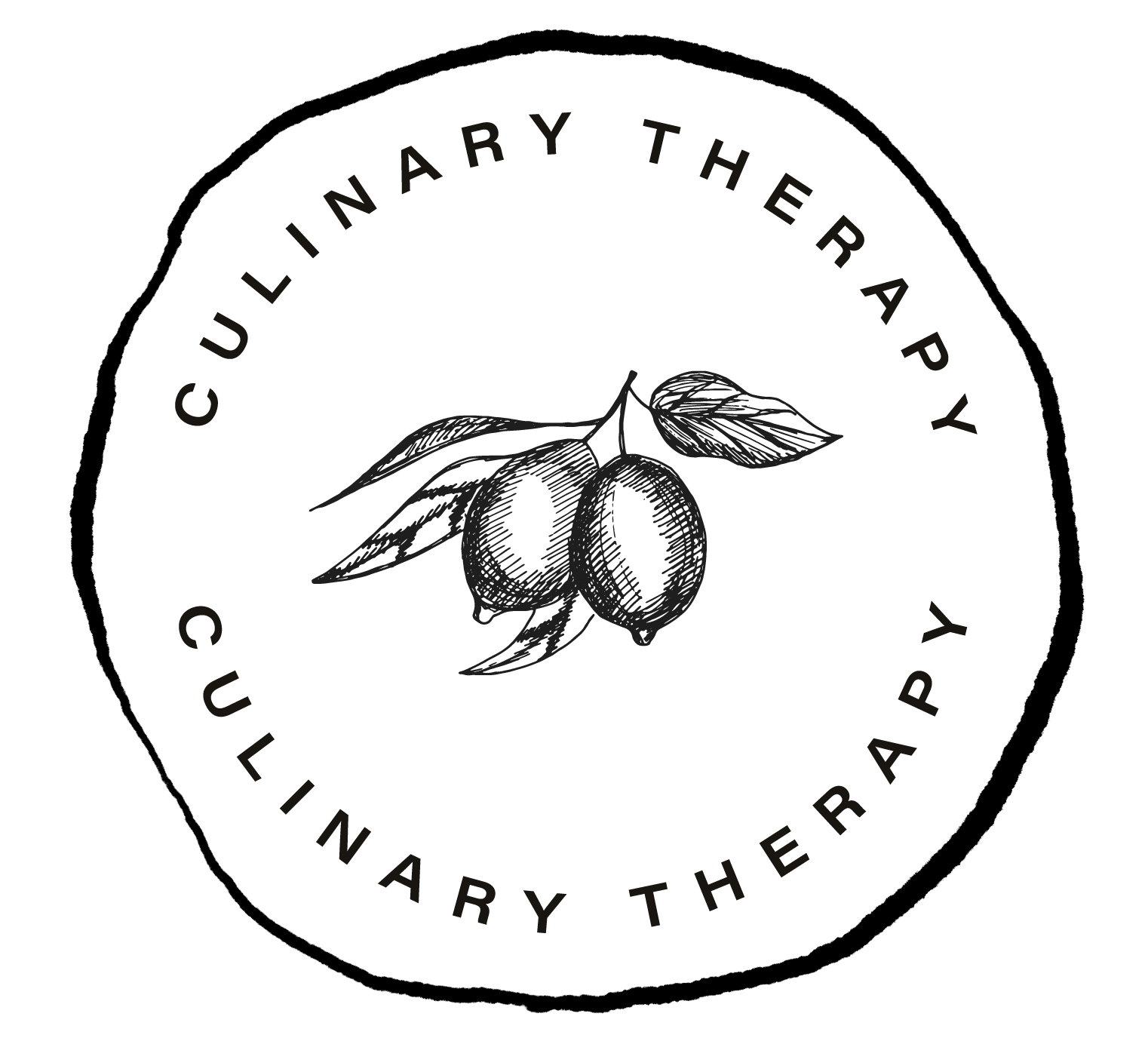Good fats and oils are essential for healthy skin, hair, your belly and even weight loss. They are the “good mood foods” that feed your brain, reduce anxiety and help combat depression.
But not all oils are created equal. And often it can be tricky sorting through all of the options and opinions on oil out there.
First, it’s important to understand how the oil on your shelf was created. To create an oil, it can be pressed, heated or manufactured using chemicals (or any combination of the above). Pressed oils are best, followed by heated oils and lastly, chemically-manufactured products.
Second, it’s important to understand how the oil on your shelf is labeled. Here’s what to look for:
- Cold Pressed vs. Expeller Pressed – Cold pressed oils are created using a very stable environment with very low heat. Expeller pressed oils are manufactured in a less stable, higher heat environment. Cold pressed is best.
- Extra Virgin vs. Virgin – Extra virgin oil is the first press and always cold-pressed. It contains all of the nutritive benefits. Virgin oil is the second pressing and, in the processing, has lost some of its nutritive benefits. Go with the extra virgin oil.
- Refined vs. Unrefined Oils – Unrefined oils are less processed and will therefore retain more of their essential nutrients.
Third, it’s important to understand how to use each oil wisely. Oils do go bad – and rancid oils are a huge health concern. The oxidation of oils causes inflammation in your digestive tract and throughout your entire body. And inflammation, as you know, leads to all types of disease.
Oil can go rancid from being old, so be sure to smell your oil. If it smells badly, throw it away. Oil can go rancid from being improperly stored. Be sure to buy it in dark glass and keep infrequently used oils in the fridge.
Finally, oil can also go rancid from overheating. Overheating oils is one of the most common kitchen mistakes I see in my practice. How do you know if you’re over-heating your oils? Each oil has a smoke point and understanding that smoke point is key. In other words if you see your oil “smoke”, it has gone rancid and should be thrown out.
Here’s a peek at my well-stocked oil shelf and my recommendations for their best use:
- Extra Virgin Olive Oil – Medium to low heat cooking
- Coconut Oil – Highest heat cooking
- Ghee – Highest heat cooking
- Cacao Butter – Highest heat cooking
- Flax Oil – No heat cooking
- Hemp Oil – No heat cooking
- Sesame Oil – No heat cooking
- Walnut Oil – No heat cooking
- Avocado Oil – No heat cooking
Your Simple Action Plan:
Upgrade your kitchen pantry this week with higher quality oils. Not all brands are created equal! Here are a couple of my favorites to get you started:
Carrington Farms Organic Extra Virgin Coconut Oil, 54 Ounce
Purity Farm Organic Ghee, 13 Ounce
KITCHEN ESSENTIALS are the foods I always have on hand, not the fresh foods I pick up every week. With well-stocked kitchen basics, you should be able to survive an empty fridge for one to two days or more! And, shopping becomes a breeze!




